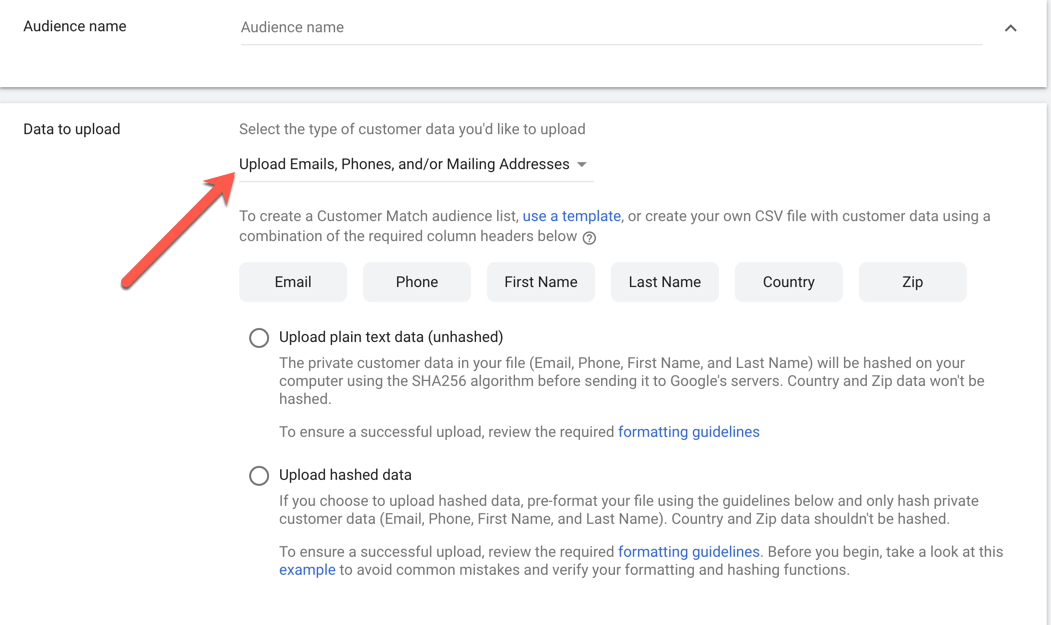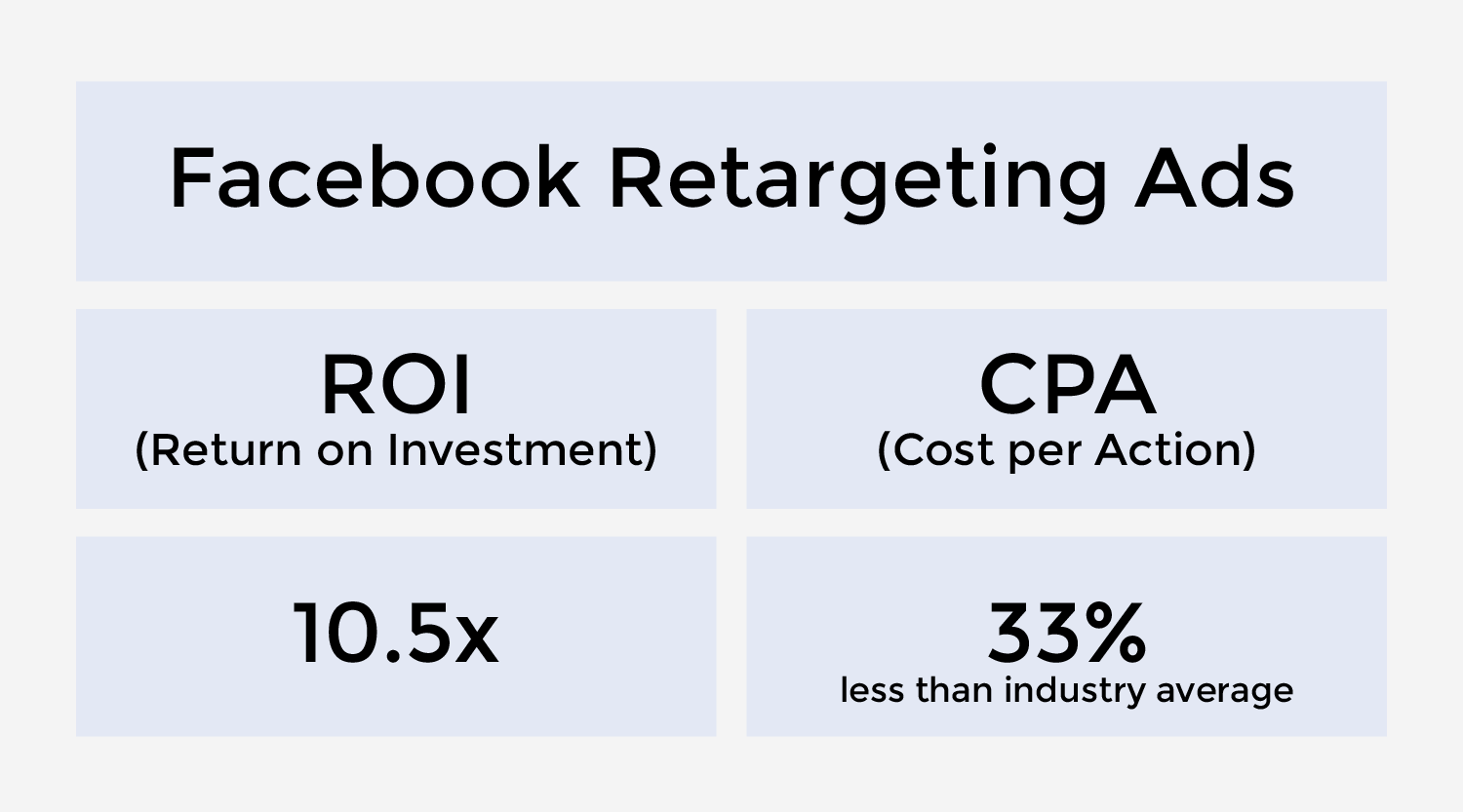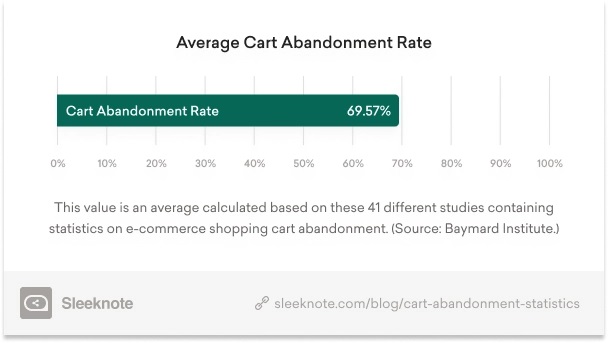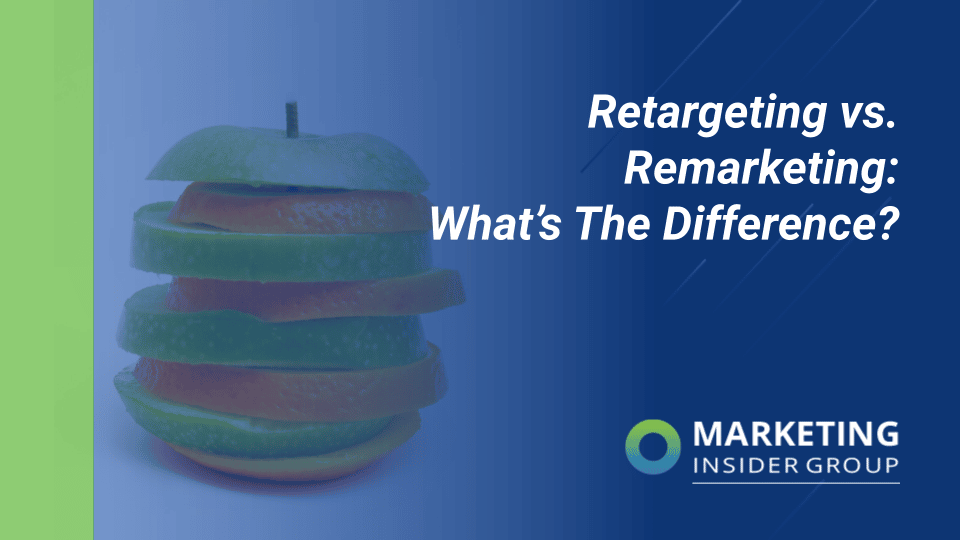Retargeting vs. remarketing: are they different or the same? Which one is better?
If you’re a marketer, it’s a debate you’ve likely heard before. Retargeting and remarketing are in fact different tactics, but the truth is the distinction between the two isn’t always clear. They can overlap, and their shared goals often means they’re both part of the same strategy.
To earn the highest ROI from retargeting and remarketing efforts, it’s important to understand the terms separately and know you can optimize each. That’s what we’re going to cover in this article.
In the sections that follow, we will:
- Outline the differences between retargeting and remarketing
- Discuss why so much confusion exists about the two tactics
- Walk through when to use retargeting and when to use remarketing
Let’s get started.
Quick Takeaways
- Retargeting and remarketing both aim to re-engage users who have already interacted with your brand.
- Retargeting happens primarily through display ads, while remarketing uses email.
- Technology tools have blurred the line between the two concepts (like display ads targeting customers from an email list).
- Retargeting is effective for increasing brand awareness and maximizing ROI on a limited ad budget.
- Remarketing is effective for re-engaging inactive past customers and converting abandoned cart users.
Retargeting vs. Remarketing: Breaking Down the Differences
First thing’s first: what is the real difference between remarketing and retargeting? I find it most effective to delineate the two using two key factors: audience and channel.
Audience
The audience for retargeting efforts is users who have interacted with your brand but have not yet made an actual purchase. They may have visited your website, read your blog content, followed you on social media, or clicked on a display ad.
Remarketing, on the other hand, aims to engage current and past customers who have already made a purchase and have either become inactive or may be interested in new offers.
Channel
Retargeting mainly happens through display ads. Brands can use a small piece of code (called cookies) on their website to track user activity while they’re on your site and elsewhere on the internet after they leave. Based on their activity, you show them an ad that’s relevant to their interests and makes them more likely to convert.
For example: if a user spends time browsing a certain product on your website, you may show them an ad with that product and even offer an additional discount offer to incentivize them.
Remarketing happens primarily through email. Since brands are reaching out to current customers, they can use their contact information to send hyper-relevant offers, like product recommendations based on past purchases.
Why the confusion?
There are a few reasons that defining retargeting and remarketing as separate concepts has become so confusing. First, they do have a common goal: to engage people who have already interacted with your brand and/or are exceptionally likely to convert to paying customers. It’s easy for brands pursuing this goal to blur the lines between the two similar strategies.
Second is that the terms are used so interchangeably and inconsistently. A quick Google search explains much of the confusion — many of the articles tell a slightly different story about how retargeting and remarketing are each defined and different from each other. If resources on the topic aren’t in total agreement, it’s no wonder there is no wider consensus on it.
But the most significant reason behind the retargeting vs. remarketing concept is that modern technology tools have enabled the two strategies to bleed into each other in new ways. Most notably is the ability to upload email lists to platforms like Google Display Network or Facebook Ads and show targeted ads to audiences you typically interact with through email remarketing.

Image Source: Search Engine Journal
It begs the question: what is the true defining factor between retargeting and remarketing? Is it the level of interaction users have had (i.e. interacted with your brand vs. already made a purchase) or is it the channel through which you’re engaging them (email vs. ads). If we’re using the standards that originally dictated each strategy, it’s the level of user interaction.
Those display ads shown to people on the email list you uploaded to Facebook Ads, then, are technically a form of remarketing.
I expect, however, that the retargeting vs. remarketing debate will continue to evolve as tactics behind each strategy become more sophisticated and integrated with each other. My advice is to worry less about the exact definition of each and instead hold a general understanding of the two concepts. Then, focus on which approaches from each fit best into your strategy.
Which one should you use?
The shore answer: both! Retargeting and remarketing each have a role in moving potential customers down the funnel. The real question, then, is not if you should use both strategies, but when you should use each.
Let’s take a look at specific scenarios ideal for each strategy.
When to use retargeting
Increase brand awareness
Retargeting ads are an extremely effective way to keep your brand and products top-of-mind for your audience. This is important for two important reasons. First, if someone visited your website but didn’t take action, a retargeted ad can be the nudge they need to make a purchase.
Second, even if someone isn’t quite ready to make a purchase, retargeted ads make them more likely to remember and choose your products when it’s time to buy.
Steal leads from competitors
One of the ways you can retarget ads is to people who have viewed brands and products similar to yours. Gain a competitive advantage over your competitors by targeting their website visitors and showing them ads for your own products. You can even offer special discounts to incentivize people to choose your products over other options.
Make the most of a small budget
If you’ve got a limited budget to dedicate to ads, retargeting can get you the most bang for your buck. Sellers using Facebook Ads, for example, earn $8-12 on every $1 they spend. That’s a 10X ROI (or more) at 33% lower cost than the industry average.

Image Source: Socioh
When to use remarketing
Upsell and cross-sell
Remarketing to customers who have already purchased your products presents the perfect opportunity to both upsell (getting customers to upgrade current products) or cross-sell (sell items that complement the products your customer already owns).
Warm up cold leads
Remarketing emails can reengage users who made a purchase in the past but have since been inactive in your pipeline. They have high levels of personalization and customization that make it easy to show hyper-relevant product recommendations and other offers that draw customers back to your brand.
Reduce card abandonment
Nearly 70% of all online carts are abandoned by users without making a purchase. When you consider mobile users only, that rate is even higher — a whopping 85%!

Image Source: Sleeknote
Remarketing emails to remind users about products they’ve abandoned have an open rate of 41% and a click rate of 9.5% — significantly higher than standard marketing emails.
Retargeting vs. Remarketing: Putting it all Together
Let’s recap what we know about retargeting vs. remarketing. We know that retargeting is used to reach users who have interacted with your brand, but haven’t made a purchase. Remarketing is used to re-engage current and past customers. Retargeting is mainly executed through display ads, and remarketing usually happens by email.
While the strategies are technically different, they have a shared goal: to engage users most likely to convert.
The best way to leverage retargeting and remarketing is to use them both, optimizing use cases for each to increase conversions and earn new customers.
Over to You
Consistent, high-value content can enhance your retargeting and remarketing efforts and establish your brand as an industry leader. The team of writers and SEO experts at Marketing Insider Group can deliver you optimized, high-value content every week for a year (or more) that drives your strategy forward.
Check out our SEO Blog Writing Service or schedule a quick consultation to learn more!
The post Retargeting vs. Remarketing: What’s The Difference? appeared first on Marketing Insider Group.







